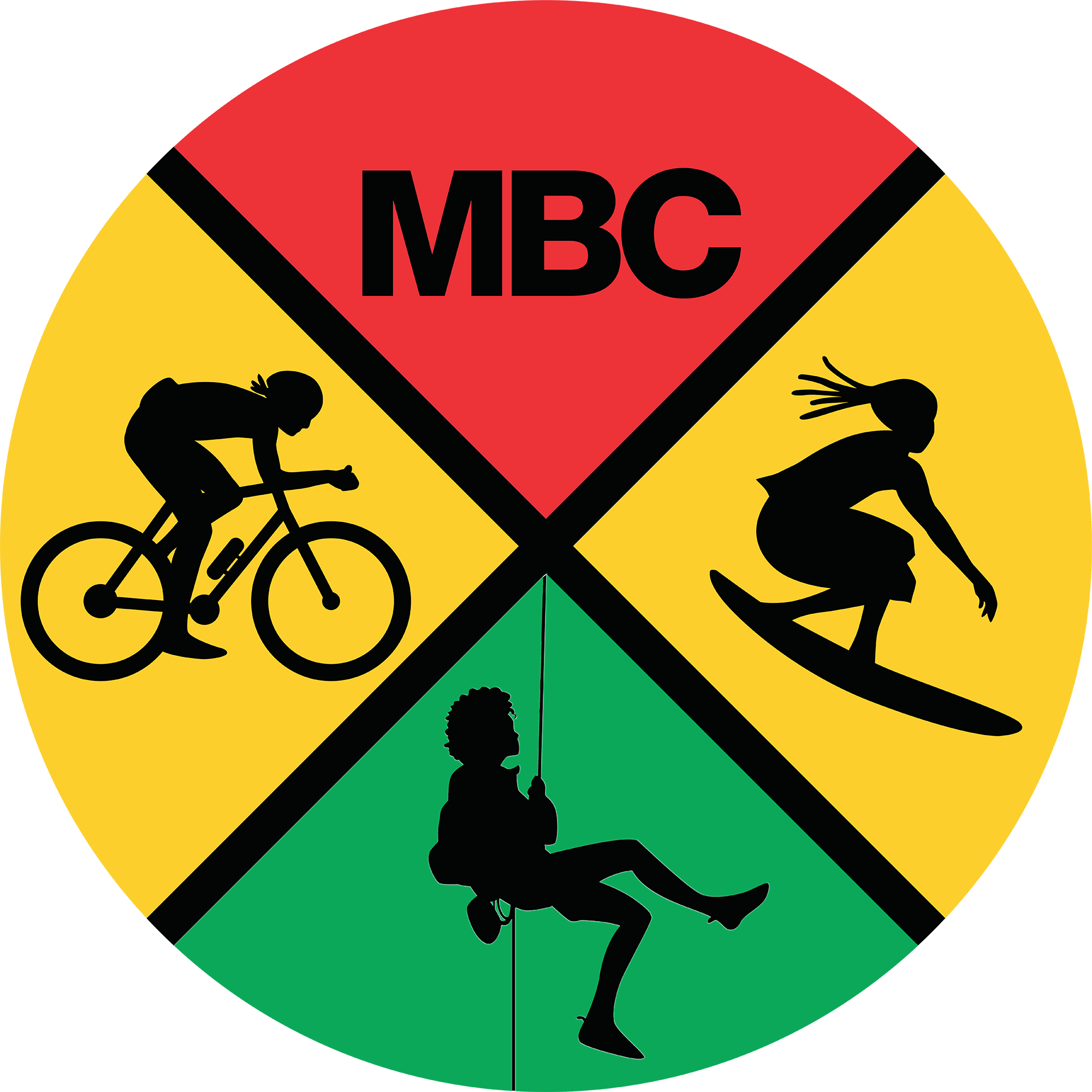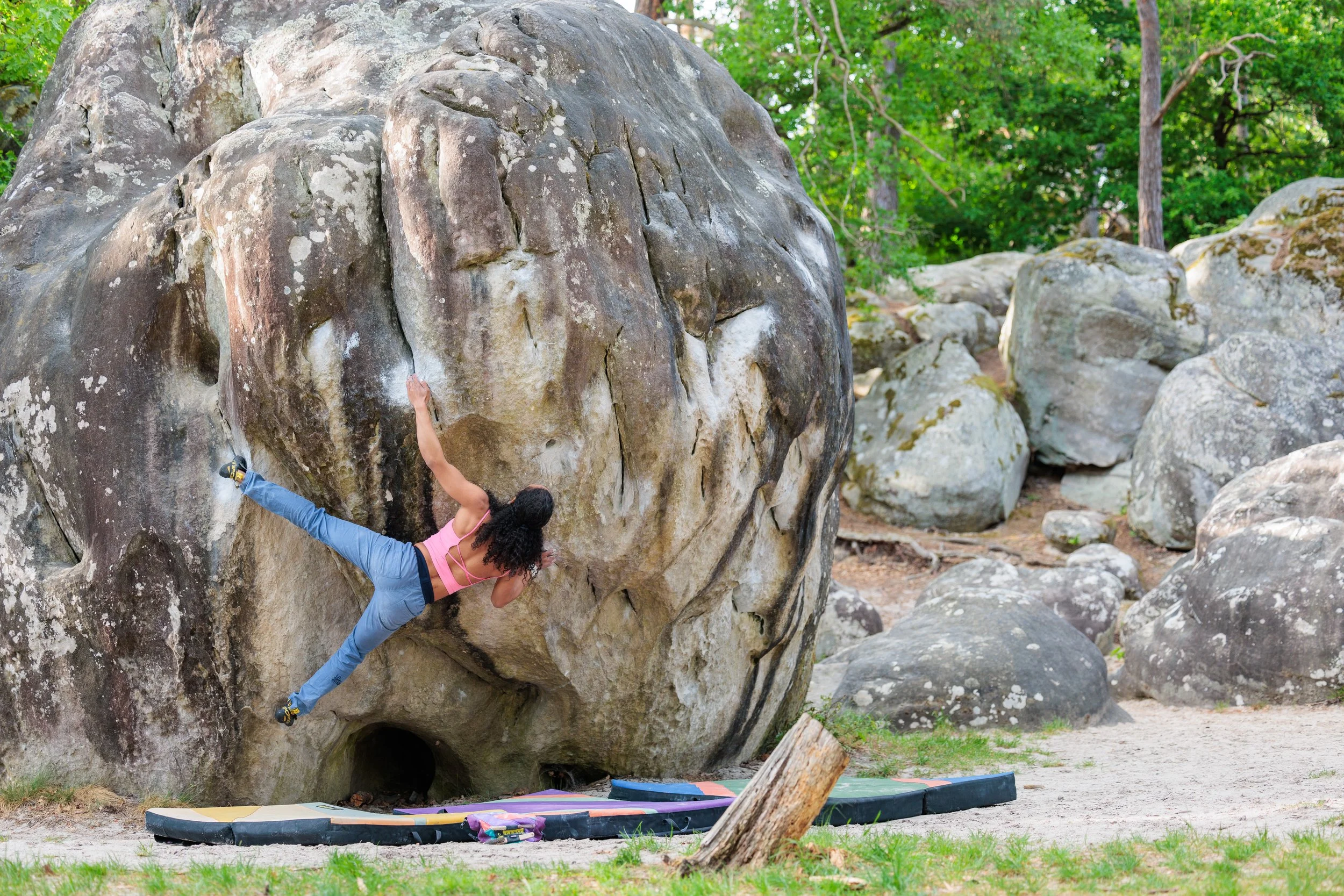9 Ways to Become a Better Spotter
In the past year, I learned the importance of a good spotter. Spotter is a term generally used in bouldering, a type of rock climbing that doesn’t involve ropes or harnesses. The individual doesn’t prevent the climber from falling but they do help them land clear of sharp rocks, cacti, tree limbs, or other dangerous objects. Having a good relationship with your spotter can give you the confidence to try difficult moves high off the ground.
I'm going to do a two part series on spotting. This installment will go over basic spotting techniques and the second installment will go over my favorite type of spot, A POWER SPOT. Good power spotting is a learned technique, but can be life changing in the world of bouldering.
Ask the climber what type of spot they want!
Close spot?
No spot?
Just make sure they land on the pads spot?
A catch mid-air?
2. Discuss places where the climber might fall
There should be pads at the cruxes of the problems.
3. Be aware of the climber-spotter weight differential
A climber who is much heavier than their spotter can create an unsafe weight differential that can lead to crushing the spotter. In this situation, it can be more dangerous to have a close spot because both parties can become injured.
An ideal situation is when the spotter is heavier/bigger than the climber, so they can absorb the impact of the falling person without collapsing to the ground.
4. Be careful if spotting on a hill!
If the spotter is an uneven or non-flat surface, the impact of the falling climber can cause them to roll down the hill.
5. Keep your hands in a spoon-like position.
Thumbs should be kept in next to the fingers so they don't get jammed or bent the wrong way
6. Move pads as the climber moves, if necessary
There may not be enough pads to cover a long traverse. Therefore a plan is needed before the climbing begins. Which pad will you move to where? At what point is the safest for the spotter to move pads? If you have this down at the start, there'll be less panic and shuffle while the climber is on the wall
7. Be aware of cracks between two pads.
One of the biggest risks in bouldering is rolling an ankle when landing on the crash pads. Climbers often hit the edges or their foot goes between the crack of two crash pads. Make sure there is no crack or edge where the climber is likely to fall. Consider getting a blubber pad to reduce cracks.
8. Double stack pads!
If the climber could take a big fall, doubling the pads can be useful to shorten the fall or to make sure the climber doesn't feel the ground on impact. Also, this technique can be useful for bringing the spotter and climber closer together, making it easier to spot.
9. Save the climbers head/neck!
A broken neck is much more life altering than a broken ankle, so make sure you prioritize the head and neck if you have to make quick decision on what body part to save!
I’d like to thank everyone who has given me a spot! I truly appreciate it! I definitely wouldn’t be where I am today without all the wonderful people who have supported my climbing as spotters.















Building a home gym is a monumental task! Once the climbing wall is built, you’d think the biggest hurdle is over. But a safe landing area is just as important, and can be just as overwhelming. There are many options for foam and foam coverings, making it difficult to know which is right for a climbing wall. I spent weeks reading about foam, cold-calling foam companies, and driving around to different fabric stores learning about vinyl coverings. Here is my journey of building a safe landing!